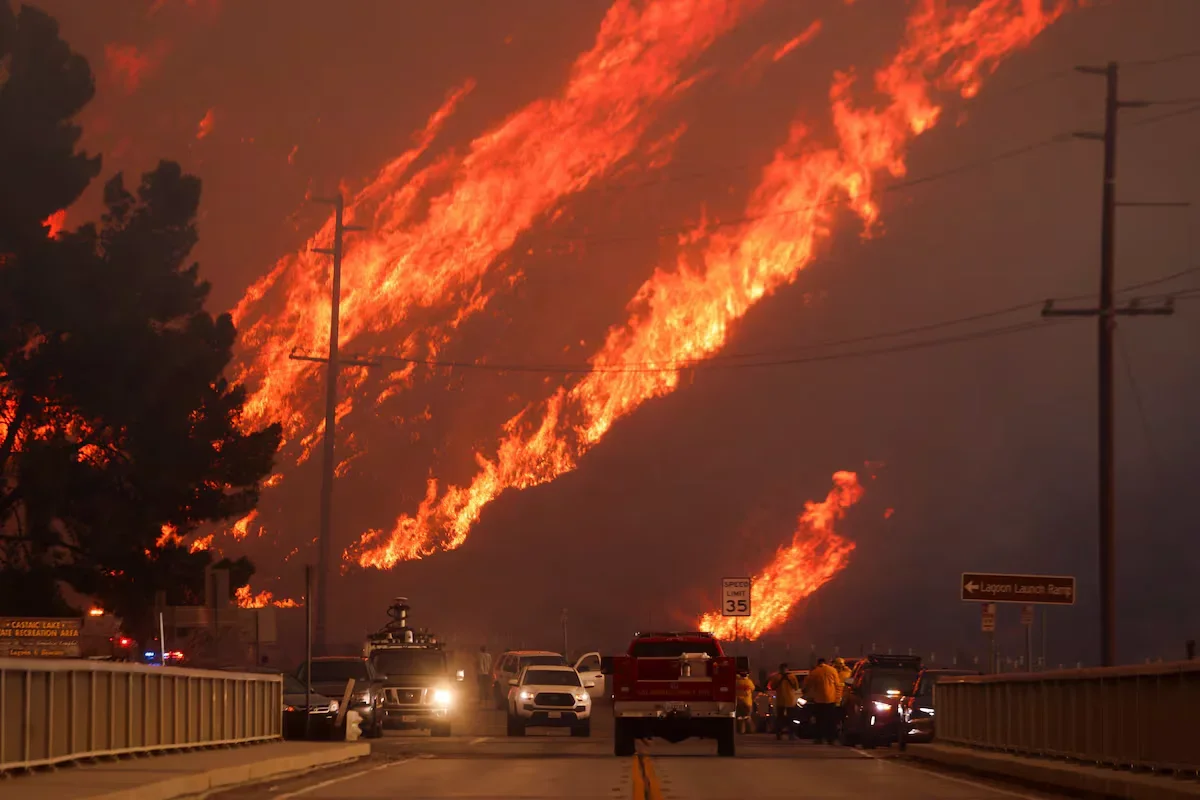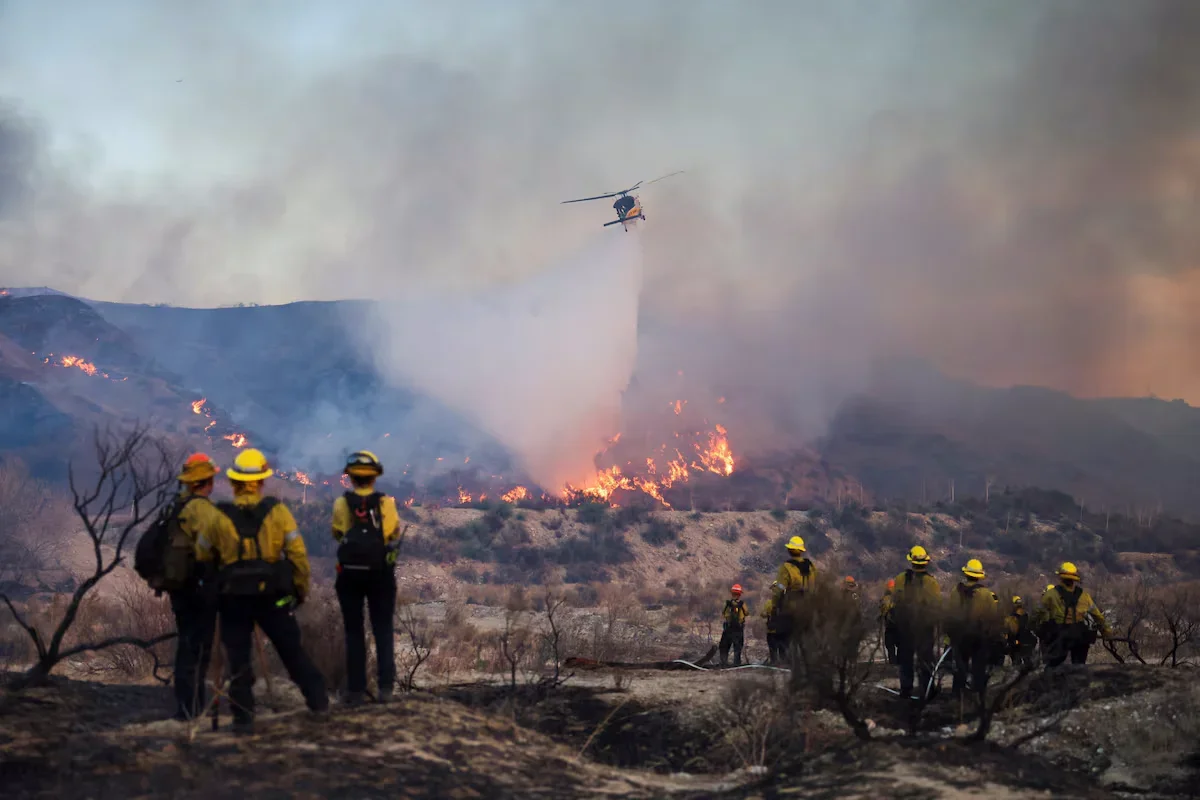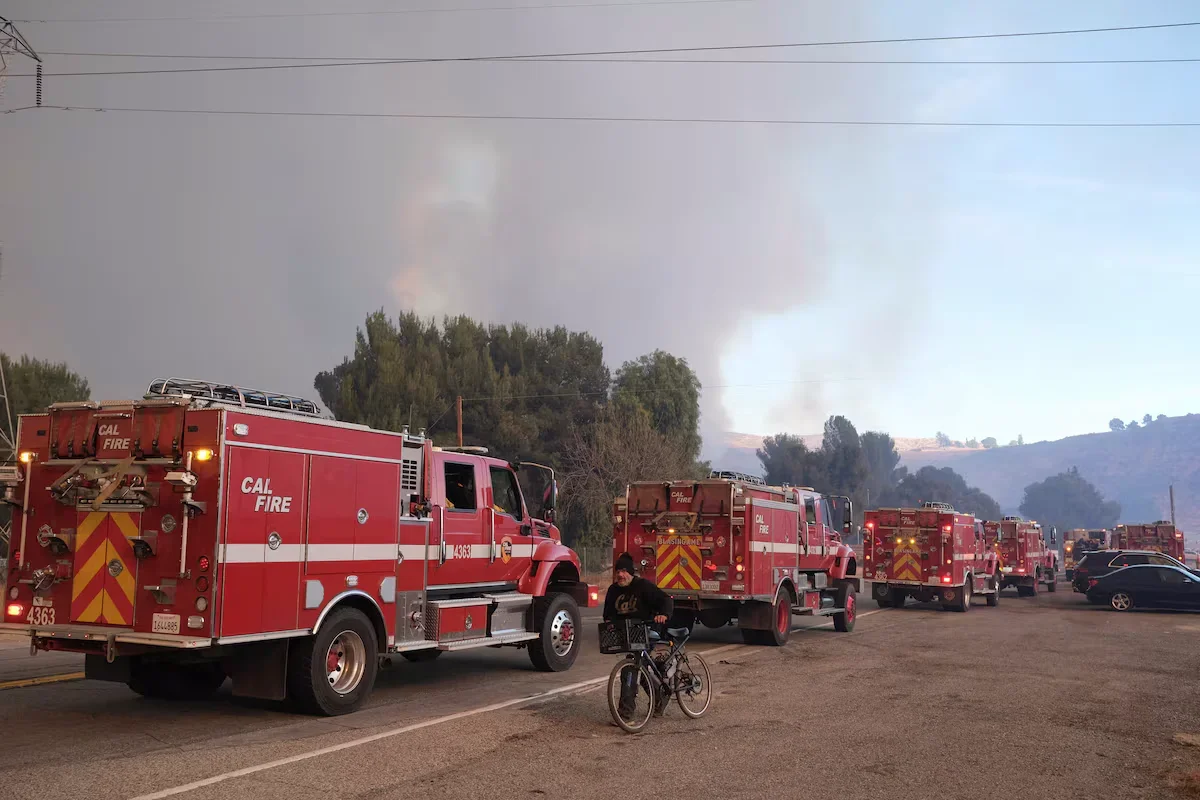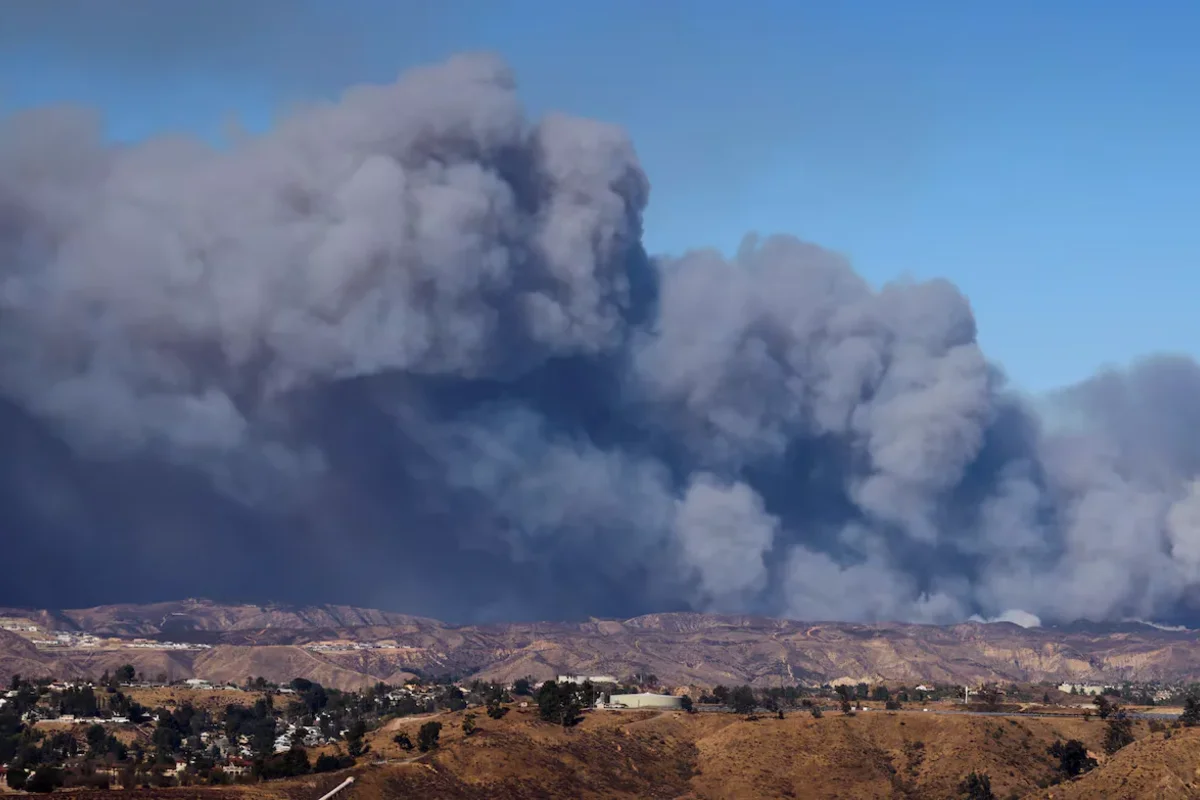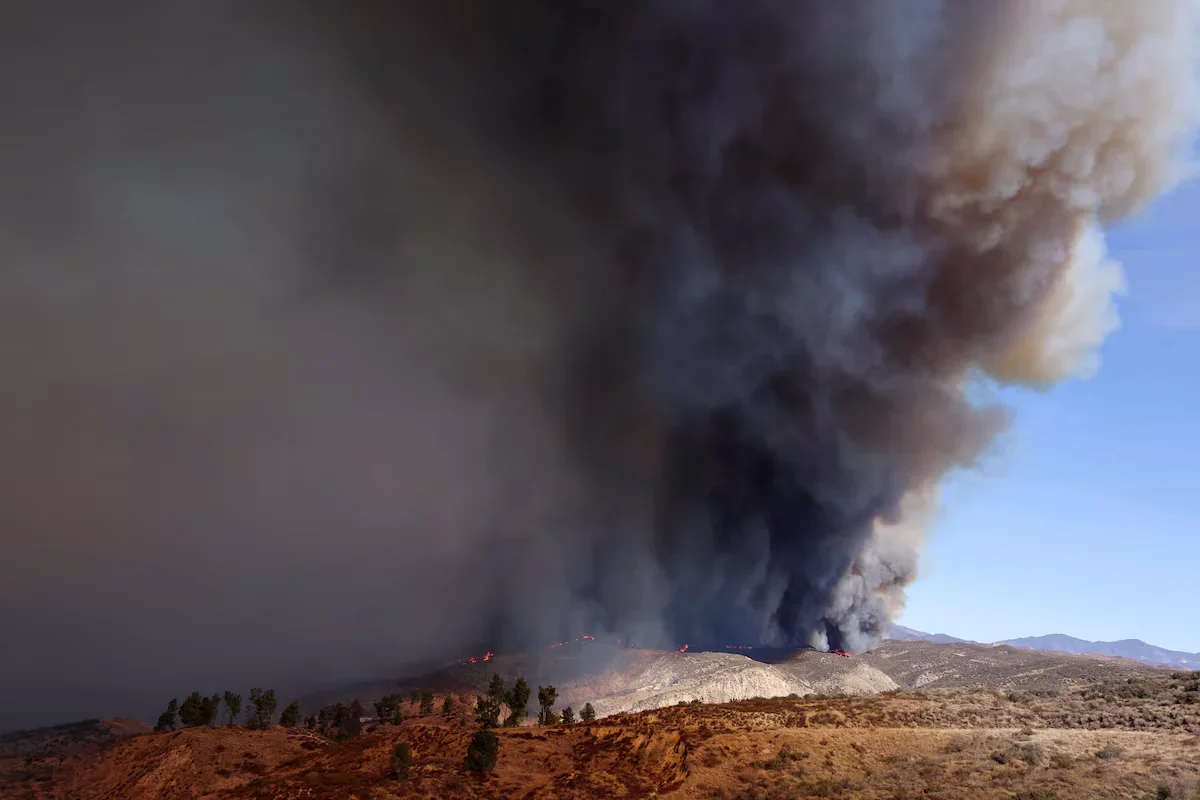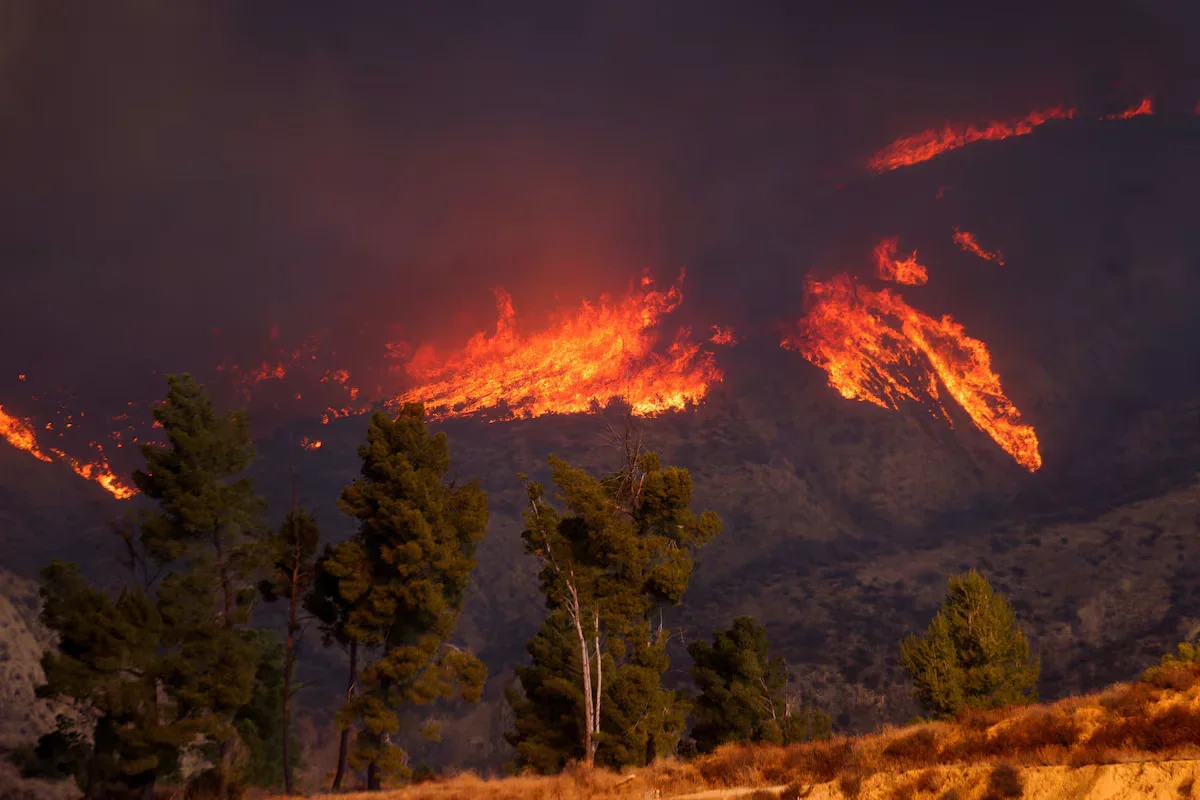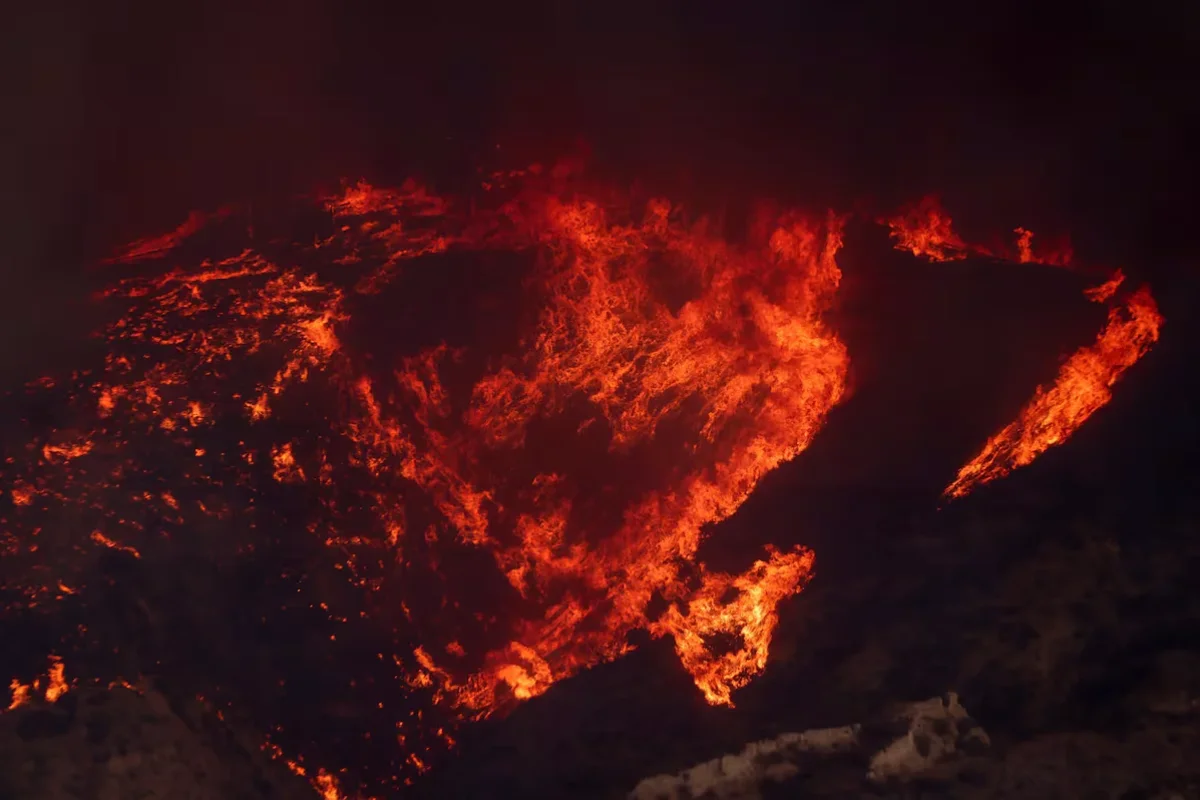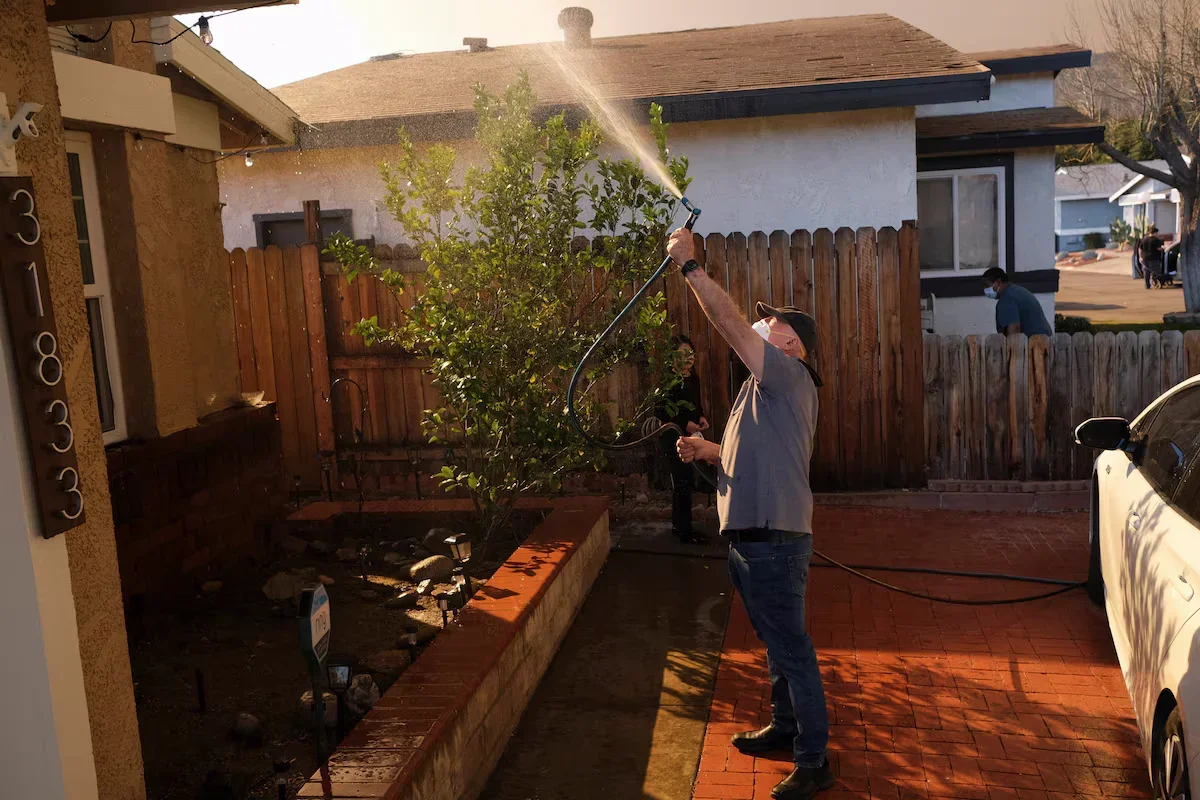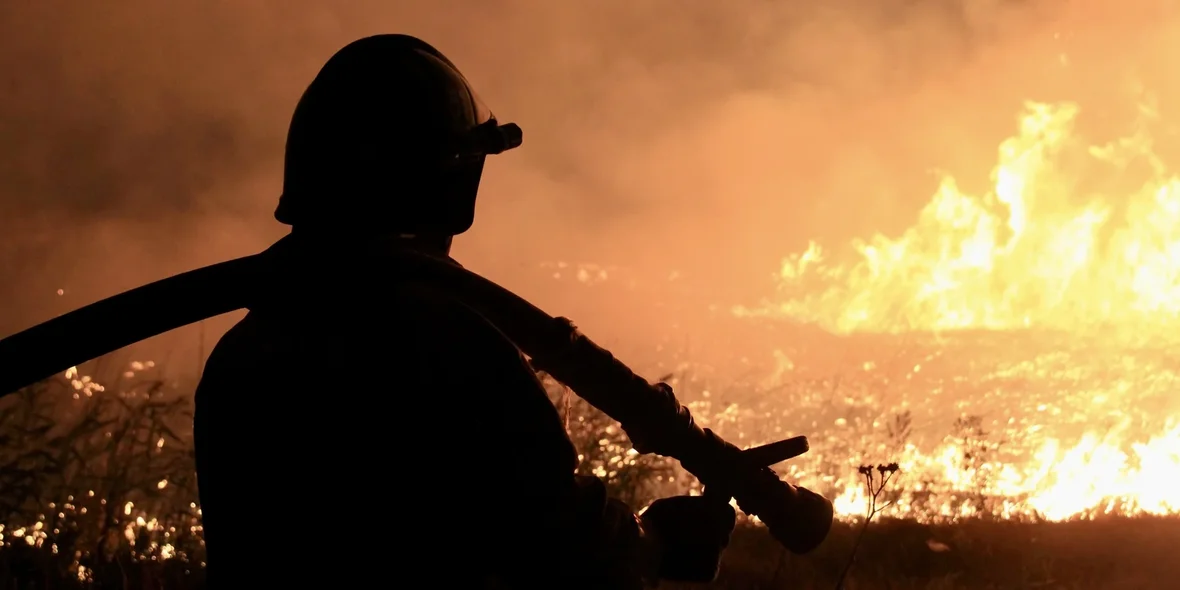
Los Angeles Wildfires: Loss Statistics and Impact on the Local Real Estate Market
The wildfires in Los Angeles have caused significant damage to the region’s housing stock, particularly in the Palisades and Eaton areas. As of January 22, 2025, the fires have destroyed 14,960 homes, accounting for 17% of all properties in these areas. Of these, 12,941 homes (87%) were completely destroyed, 1,988 (13%) sustained damage, and the status of 31 homes (0.2%) remains unknown.
On a county-wide scale, this represents the loss or damage of 0.4% of Los Angeles County’s housing stock. Most affected properties (86%) are single-family homes, 13% are multi-family buildings, and 1% are mobile homes.
Local real estate agents report increased competition in the rental market as many residents who lost their homes actively seek temporary housing. The heightened demand has led to significant rent hikes—for example, a property previously listed at $16,000 per month is now renting for $30,000, with a minimum two-year lease requirement.
Additionally, some real estate transactions have been canceled or postponed, as both buyers and sellers prefer to wait for the situation to stabilize. Some sellers have opted to temporarily rent out their homes to wildfire victims instead of listing them for sale.
According to Redfin data, approximately 6000 permits for single-family home construction are issued annually in Los Angeles County. This figure is lower than the number of homes destroyed by the Palisades and Eaton wildfires, highlighting the scale of the recovery efforts ahead.
Why Did Los Angeles Catch Fire?
Local authorities explain that a prolonged drought and the absence of rainfall since spring 2024 caused vegetation to dry out, creating ideal conditions for fires to spread.
Hurricane-force Santa Ana winds, which reached speeds of over 130 km/h (80 mph) in some areas, accelerated the spread of the flames and significantly hindered firefighting efforts. In certain cases, downed power lines or careless handling of fire may have sparked the blazes.
Authorities are also investigating the possibility of arson as a contributing factor in some of the fires.
Drought, strong winds, the lack of rainfall, and rising temperatures attributed to global warming are positioned as the primary causes of the wildfire.
It’s also worth noting that California’s warm climate—with an average summer temperature of 28°C (82°F)—influences construction practices. Homes in the region are often built using lightweight materials like wood and plastic, with windproofing layers. Insulation is typically limited to roofing. Such construction makes these homes highly vulnerable to wildfires, and dense housing developments further facilitate the rapid spread of flames.
Criticism
Droughts and wildfires are not uncommon in California, occurring annually with varying consequences. However, this year, amid the U. S. presidential election campaign, the wildfires became a convenient point of attack on the Democratic Party. What is usually a familiar occurrence has now dominated the headlines.
Several issues have come to light, such as California Governor Gavin Newsom, a member of the Democratic Party, reducing funding for forest management programs and fire infrastructure improvements. Los Angeles Mayor Karen Bass has been criticized for mismanaging water resources, including the decision to shut down the Santa Ines reservoir for repairs, which led to insufficient water pressure in hydrants. Locals witnessed water being drained from storage facilities, which ultimately resulted in a lack of water available for firefighters at the start of the blaze.
The mayor also faced criticism for implementing inclusivity policies within government structures, including the fire department. Under her support, a person was appointed to head the fire department who prioritized hiring firefighters based on gender quotas rather than professional qualifications.
Source: REUTERS/David Swanson
Real Estate Issues in Los Angeles Before the Fires
Even before the fires, the local real estate market was struggling. As previously mentioned, California’s warm climate made it an attractive region not only for ordinary people but also for celebrities. As a result, Los Angeles became known as a prime location for purchasing a home, leading to a housing shortage, particularly for the middle class.
According to the California Housing Partnership, Los Angeles County was short about 500,000 housing units to meet the demand for low- and middle-income families. By the end of 2024, the average home price in Los Angeles reached $910,000, significantly higher than the national average ($400,000).
But the biggest issue was rental housing. Due to the prestige of the area, landlords inflated prices. The average rent for a two-bedroom apartment exceeded $3500 per month, and the supply could not keep up with the growing demand.
The inaccessibility of housing led to another issue—homelessness. According to a 2024 report, the number of homeless people in Los Angeles County exceeded 75,000.
After the fires, these problems were exacerbated across the board, except for property values. In the wake of widespread cancellations of transactions due to the fires and associated risks, home prices stabilized but did not decrease. On the other hand, rental prices skyrocketed to $4000—$4500, and the loss of homes, combined with the inability to pay rent, further increased the homeless population.
Author
I write informative articles about real estate, investments, job opportunities, taxes, etc.









